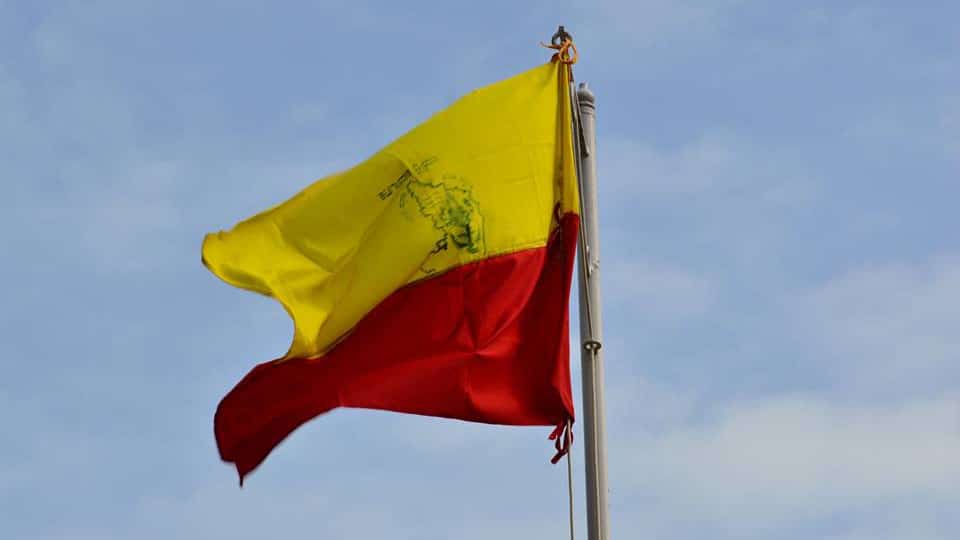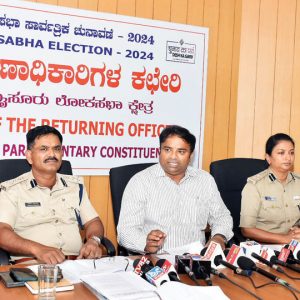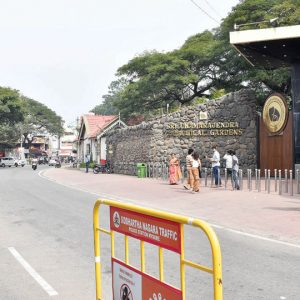The quote that every language is a temple in which the soul of its speakers is enshrined must serve as a diktat to all citizens of this multilingual land to not only love their respective tongues but also respect other tongues spoken by fellow-citizens. After conceding the demand for classical language status to Tamil in 2004, the Government of India has enlarged the list of classical languages of the country to five more, including Kannada that was bestowed the distinction in 2008. Sanskrit (2005), Telugu (2008), Malayalam (2013) and Odiya (2014) are in the league of India’s classical languages. Article 343 of the Constitution has given Hindi the status of official language of the Union. Also, Article 351 has accorded Sanskrit a special status giving the ancient language a position of the primary source language for many languages, including Hindi. In the backdrop of Hindi dominating as a symbol of nationalist feelings during freedom struggle, the country witnessed acts of displeasure by many linguistic sections over promoting such feelings, Kannada-speaking regions included.
Public at large is not either aware of or informed by sources concerned about any major developments featuring Kannada after the language was accorded classical status. Even the Centre of Excellence for Studies in Classical Kannada (CESCK), set up at the Mysuru-based Central Institute of Indian Languages (CIIL) six years ago has reportedly made little progress because of bureaucratic hurdles.
The entire headcount of more than six crores in Karnataka are made out to be Kannadigas by many public speakers, particularly vote-seeking politicos, a remark that has to be taken with a pinch of salt. In this context, the CIIL conducting a Distance Education Course in Kannada since 1985 for the employees of Karnataka government who do not know Kannada is a laudable initiative. The measure, with its limited scope for meeting the wish of pro-Kannada section in the State’s population, also may not contribute to infuse love for the language even on the part of Kannadigas.
The initiative taken by a Mysuru-based voluntary group to bring out a book to enable foreigners and non-Kannadigas to communicate in Kannada may augur well to regain Kannada’s glorious past, abate non-Kannada feelings of the present and sustain the message of Kannada being likened to the fragrant Kasturi for posterity.








Recent Comments